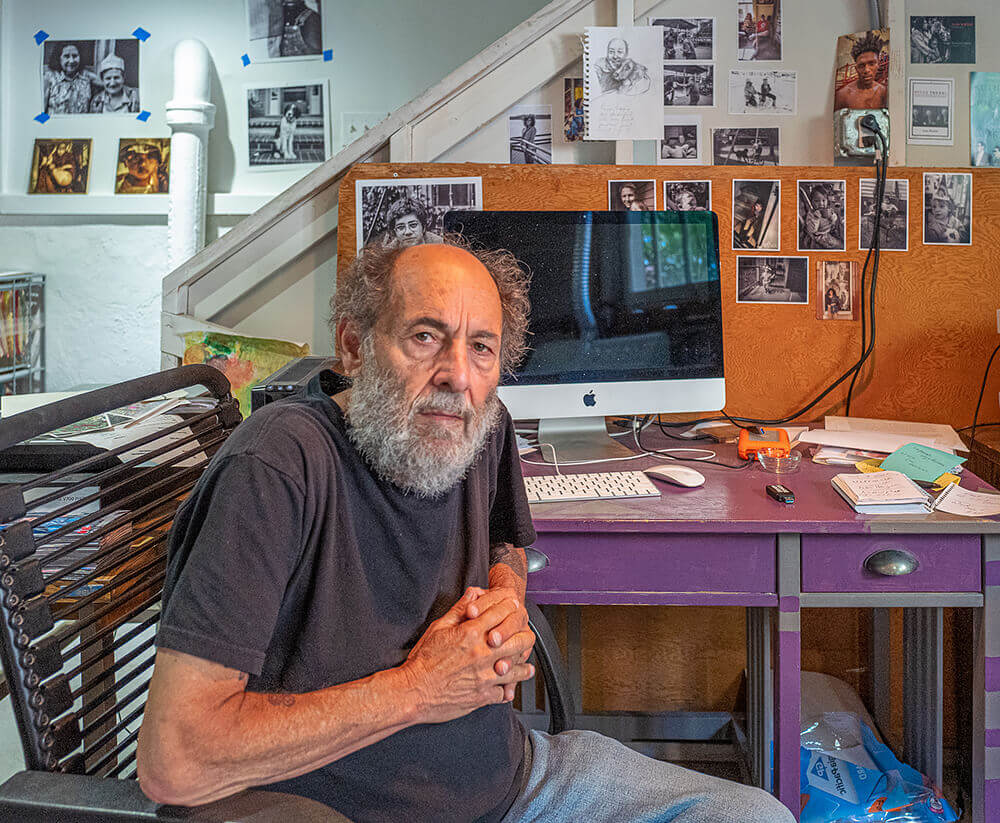Street photography began for me over 45 years ago in Columbus, Ohio. Since that time, I have taken photographs in Asia, Africa, Europe, and throughout the Americas. Most of this work has been near my homes in South Carolina, Cape Town, and Portland. Recently, I've been privileged to study with master photographers Bruce Gilden, Peter Turnley, David Alan Harvey, Constantine Manos,
Harvey Stein and Nikos Econopoulos. Their teachings have both expanded and focused my work. I try to capture spirit through the eyes of the individuals I photograph within the context of their various settings. The photographs in this portfolio were made during the summer of 2019 in and near Kampala, Uganda.
